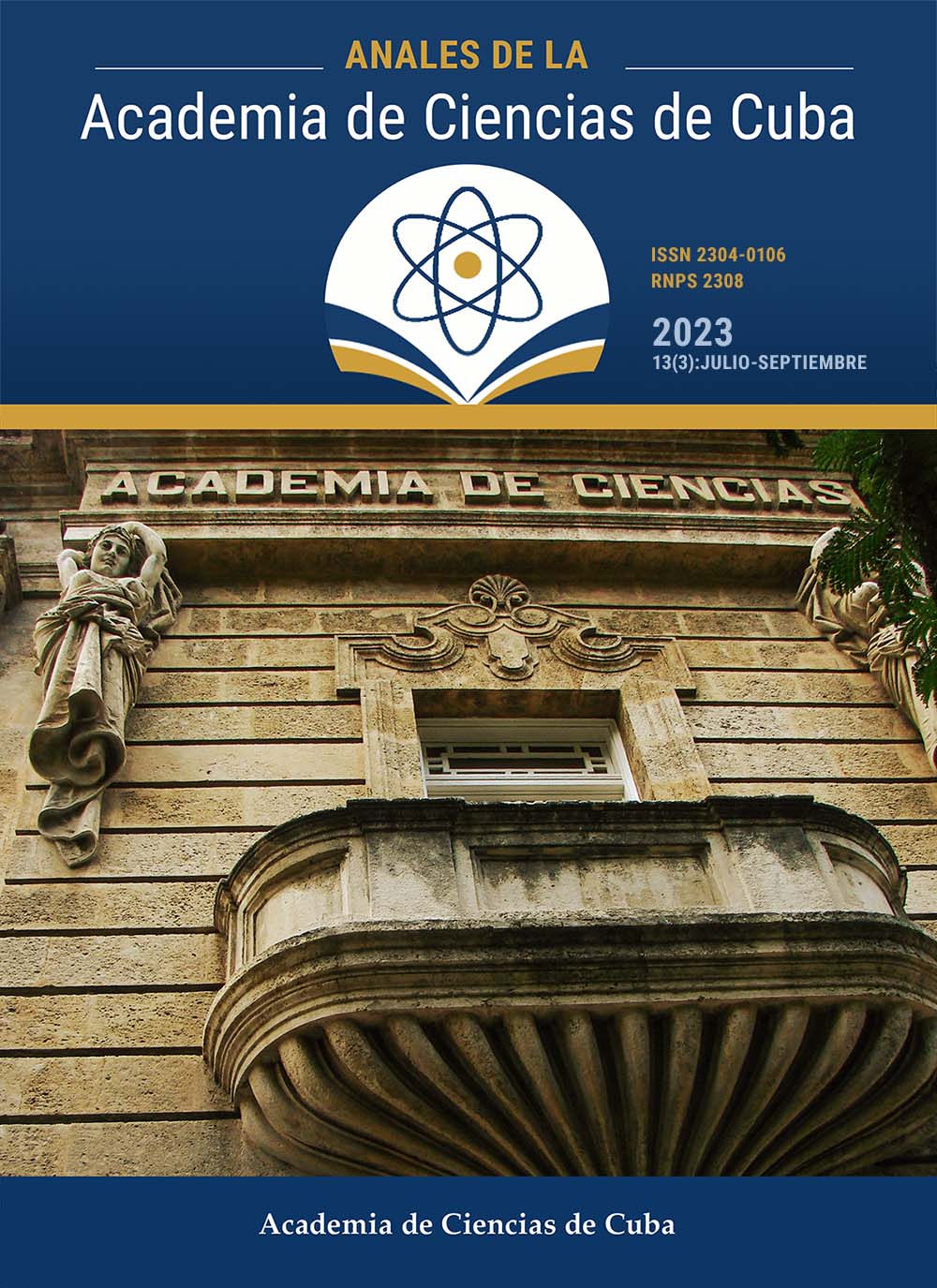Prevention and control of vector-borne diseases. Contributions of the realistic approach to community-based interventions
Keywords:
community-based interventions, vector-borne diseases, realistic approachAbstract
Introduction: We integrate results of a project developed in order to increase the application of the realistic approach to community-based interventions for the prevention and control of vector-borne diseases.
Methods: They were performed secondary analyzes of data from the implementation of a community-based intervention for dengue prevention (La Lisa, 2004-2007). They were systematically analyzed all papers on community-based interventions in vector-borne diseases published in peer- reviewed journals (2006-2016). Besides, they were made theoretical-methodological contributions for the inclusion of the realistic approach in the evaluation of community-based interventions.
Results. It was proven that capacity-building and organization processes of local actors at different levels lead to community work, and consequently, to an increased problem-solving ability and to the vector reduction. Mechanism for success of such processes in the Cuban context were: intrinsic and extrinsic motivation, team spirit and self-perceived efficacy of individual and organizational actors. When analyzing the existing scientific literature, they were identified gaps in the reporting on what works, for whom and in what context for community-based intervention due to limited understanding of its functioning principles and the scarce application of a realistic approach to evaluation. It was demonstrated feasibility of community-based intervention in the prevention of trypanosomiasis in the Republic of Congo; it was contributed to the development of a multi-country protocol of mixed methods to assess the efficacy of a community-based intervention in the reduction of dengue infection in Brazil. Conclusions: it was demonstrated the need for a realistic approach of community-based interventions in the prevention and control of vector-borne diseases in order to increase its potential of replication and generalization.Downloads
Published
How to Cite
Issue
Section
License
The journal Anales de la Academia de Ciencias de Cuba protects copyright, and operates with a Creative Commons License 4.0 (Creative Commons Attribution-NonCommercial License 4.0). By publishing in it, authors allow themselves to copy, reproduce, distribute, publicly communicate their work and generate derivative works, as long as the original author is cited and acknowledged. They do not allow, however, the use of the original work for commercial or lucrative purposes.
The authors authorize the publication of their writings, retaining the authorship rights, and assigning and transferring to the magazine all the rights protected by the intellectual property laws that govern in Cuba, which imply editing to disseminate the work.
Authors may establish additional agreements for the non-exclusive distribution of the version of the work published in the journal (for example, placing it in an institutional repository or publishing it in a book), with recognition of having been first published in this journal.
To learn more, see https://creativecommons.org






